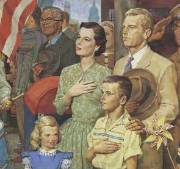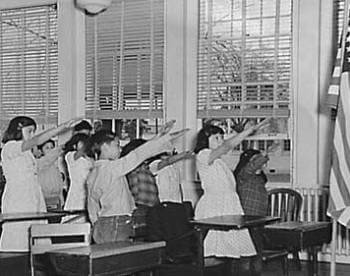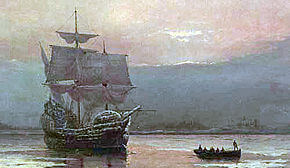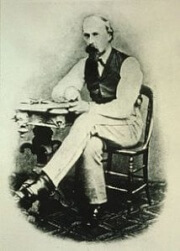December 29 is National Pepper Pot Day
Today is National Pepper Pot Day. Pepper pot soup has been called the soup that won the Revolutionary War. By the time American troops reached Valley Forge on December 19, 1777, in the midst of a harsh winter, soldiers and the many wives, mothers and children who accompanied them were running desperately low on provisions. Local farmers refused the weak continental currency carried by General George Washington’s troops, instead selling their crops to the British.
On December 23, Washington wrote to the Continental Congress, “…I am now convinced, beyond a doubt that unless some great and capital change suddenly takes place in that line, this Army must inevitably be reduced to one or other of these three things. Starve, dissolve, or disperse, in order to obtain subsistence in the best manner they can; rest assured Sir this is not an exaggerated picture, but that I have abundant reason to support what I say.”
According to legend, on December 29, Washington instructed chief cook Christopher Ludwick to make a soup “that will warm and strengthen the body of a soldier and inspire his flagging spirit.” Only scraps remained in the kitchen except for beef tripe donated by a nearby butcher, and peppercorns, a gift from a Germantown patriot. Ludwick combined them and named the soup Philadelphia Pepper Pot, a reminder of America’s claim to the British-held city.
Because Ludwick hailed from Philadelphia, which was then a center of the slave trade, it’s thought that his pepper pot soup was an Americanized version of Jamaican callaloo. If you’d like to make it yourself, try this version from Northeast Times which states, “Although this recipe may not be identical to the Valley Forge original, you know it’s bound to be offal good. Still, some people just don’t have the stomach for it.” (There’s nothing like a good tripe-based pun!)
Philadelphia Pepper Pot Soup
2 medium onions, diced
1 small green pepper, diced
3 stalks celery, diced
1 lb. tripe, cut into small, bite-sized pieces
4 Tbsp. butter
3 qts. water
1 beef marrow bone or 1 veal knuckle bone
1 tsp. ground pepper
1/2 tsp. cayenne pepper
2 tsp. salt
2 bay leaves
2 tsp. dried thyme
1 tsp. dried marjoram
2 medium carrots, diced
2 medium potatoes, diced
1 can tomatoes, (16 oz.)
1/4 cup parsley, chopped
1 tsp. dried marjoram
Tripe Preparation:
– Blanch tripe before adding to soup.
– Wash tripe well.
– Put tripe in a pot, cover with water and add 1 tsp. salt.
– Bring to a boil and allow to cook for three minutes.
– Pour off water and cover tripe with cold water.
– Drain again.
– Cut tripe into small, bite-sized pieces with kitchen shears.
Soup:
– In a soup pot, saute onions, green pepper, celery and tripe in butter for about 10 minutes.
– Add water, bone, peppers, salt, bay leaves, thyme and marjoram.
– Cover and allow soup to simmer for 45 minutes.
– Add carrots, potatoes, tomatoes and parsley.
– Continue to simmer for 30 minutes.
– Remove bay leaves.
Before serving, you can add the following spaetzle to the soup, if desired.
Spaetzle:
1/2 cup flour
1/8 tsp. salt
1 egg
1 Tbsp. milk
– Mix together flour and salt, and make a well in center of flour.
– Put egg and milk into well and beat them slightly with a fork.
– Mix egg mixture and flour into a sticky dough.
– Drop about 1/3 tsp. of the batter at a time into the simmering soup.
– Allow to simmer a few minutes until done.
Feeling a little less adventurous? Substitute chicken for the tripe. Feed your inner patriot on National Pepper Pot Day.
![]()






